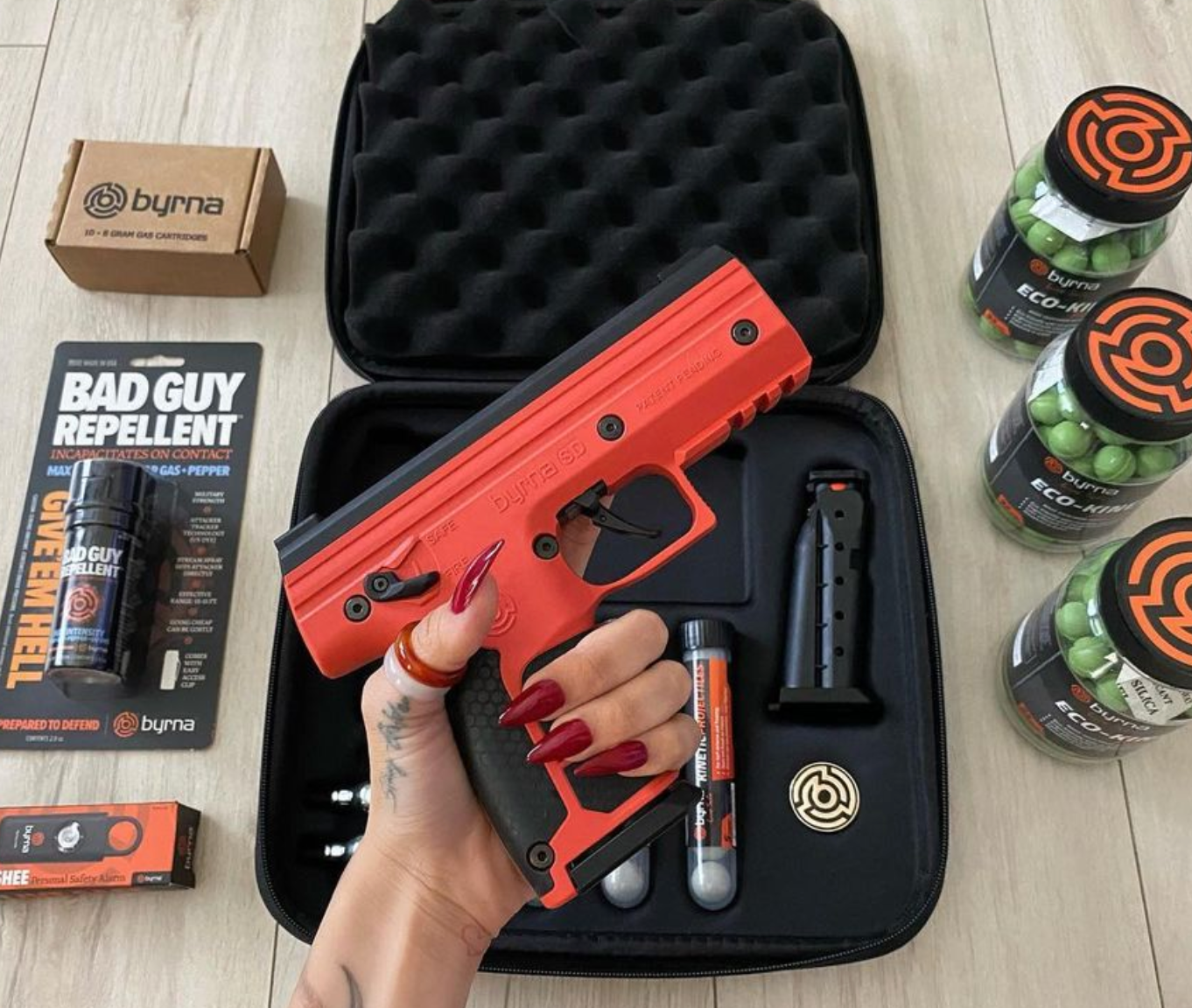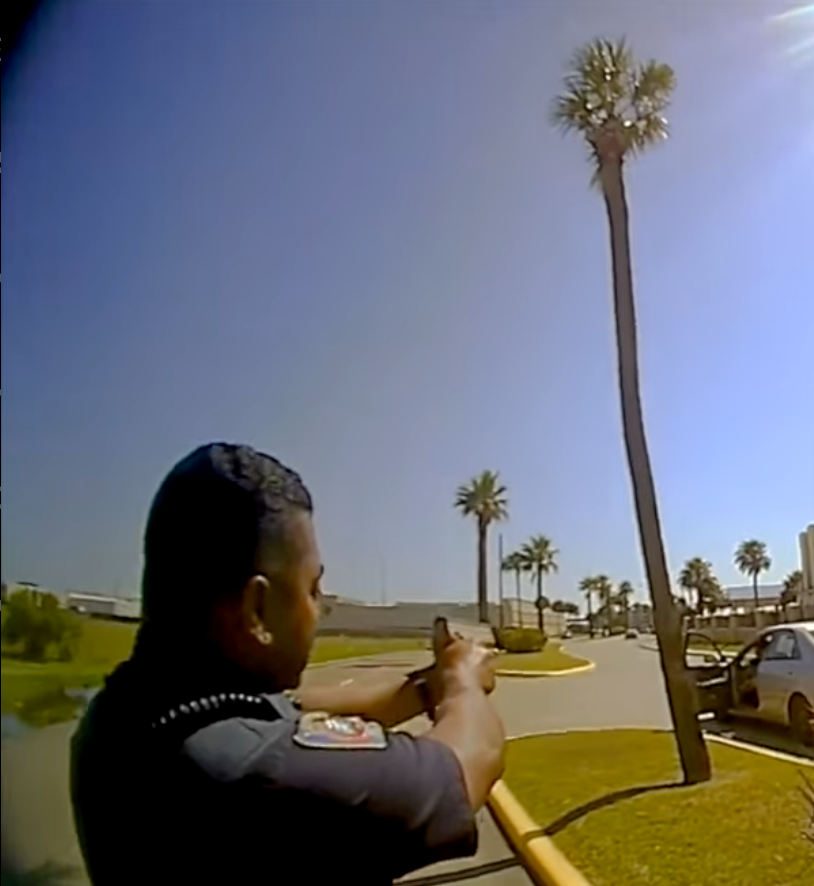
When a threat comes into your home, panic can be stressful. But you can turn fear into confidence. For example, one homeowner found that following a set routine helped calm their nerves. My goal is to help you build a safety plan tailored to Canadian law. You'll see key legal rules, effective deterrents, and simple steps to make your space safer. Plans that don't suit every family member can fall apart at 2 AM. This guide focuses on some basic steps.
First, find out what Canadian law lets you do so you know your legal boundaries. Next, add deterrents like motion lights, security cameras, or reinforced locks for extra protection. Then, set some action steps, gather approved tools (like flashlights or a safe phone), and practice your plan regularly. You might even run drills at odd hours to see how you react under stress.
Learning what the law lets you do when someone shows up uninvited takes the guesswork out of safety. People just wing it. Why leave safety to luck?
Table of Contents
The Canadian Legal Framework for Self-Defense
You can use force to protect yourself and your family in Canada. But our laws don't work quite like American TV shows make them look. The Canadian Criminal Code lets you use force when you believe someone plans to harm you. But it draws some lines around how much you can do.
Your response has to match the threat. When you make these decisions in the heat of the moment, it's not easy. What counts can depend on how the threat looks and how fast it comes at you. You can't pull out a weapon if someone shouts at you from across the lawn. You should match your response to what's going on.

Bill C-26 brought our self-defense laws into one framework back in 2013. The courts now use that to decide if your actions were reasonable based on what you thought was happening. Remember how things looked to you at the time.
You don't get a free pass because someone breaks into your home. Canada doesn't have a castle doctrine. The judges look at each case on its own facts. Peter Khill found that out after shooting an intruder in his driveway - his self-defense claim caused legal problems. How well you can judge a threat changes with the time of day. Most of us can barely see our hands in the dark. It's hard to see what's going on in a dark hallway at 3 AM. The courts know this - but they expect your reaction to fit what you reasonably believed in that second.
You could still face a civil lawsuit even if you stay away from criminal charges. A Toronto homeowner was cleared in court after a run-in with a burglar but had a civil suit from the intruder's family. The legal fees can climb fast in these situations. Don't think of firearms as self-defense gear in Canada. They're meant for hunting and sport shooting. If you buy a gun for home defense, you might run into problems down the road.
Layers of Physical Home Security
You should work your way around the perimeter first. Brightening your yard at night keeps criminals from hiding in the dark. Motion-activated lights will switch on once someone steps close to your home. Why leave dark places? Trim shrubs below window level to cut off hiding spots - studies have shown that some sightlines can cut break-in attempts by roughly 60%. Try planting thorny bushes under your windows - they'll make natural barriers that intruders won't want to climb through. Thieves hate obstacles.
You can reinforce your door hinges to stop a kick-in attempt. Doors use half-inch screws that can pull free under force. One time I helped a family swap those small screws for three-inch screws that anchor straight into the frame. They later told me that they finally stopped worrying about someone kicking their door in. You can pick up these screws for about five dollars.
Time is your friend. You can add extra window locks to slow intruders down. That extra noise and delay can make them think twice before proceeding. You should install locks on every window you can reach.

A reliable home security system can give you a heads-up when someone nears your property. Modern setups send alerts to your phone and include cameras you can check from anywhere. Visible cameras make criminals pick an easier target - why wait for trouble?
Every extra layer of security buys you more reaction time. Small differences add up fast. You should have figured out which upgrades will fit your budget and your home. Just a few low-cost adjustments can add some real protection.
You should walk around your property and scan for any gaps. You have to ask yourself where you would try to break in if you get locked out. You shouldn't ever skip this important step!
Build Family Emergency Procedures
You can protect everyone in your home with a plan that covers every emergency scenario. We all freeze up during emergencies - this easy plan makes scheduling practice drills feel easier to remember.

Map out escape routes for every scenario - walk through your home step by step and find two exits from each room. You need to set up a designated safe room - choose a spot with sturdy walls, a reliable lock, and few or no windows for protection. Stock that room with a first-aid kit, extra water bottles, and other essential supplies.
Address everyone's needs - toddlers benefit from simple instructions, while teens can remember key steps faster. Older adults might need help getting around, and pets need an exit plan and safe places to wait.
Create a family choice tree for each emergency - fires, intrusions, or extreme weather events. You can list clear steps for smoke alarms, break-ins, or flooding on a sheet that everyone sees - it's direct to follow. Pick meeting places near your home and farther away so you all have options. If you get separated during an emergency, everyone will know where to regroup.
Store important papers like birth certificates and insurance documents in waterproof boxes at home and in another safe location for quick access during an emergency.
Select Safe and Legal Defensive Tools
The stakes are real here. You'll have much harder limits on defense tools in Canada because the laws define what you can own for protection. Be sure to see every option within those laws so you don't run into any problems.
You'll need a Possession and Acquisition License if you want to have a firearm for your home protection. You also have to store that gun locked up away from your ammo. That setup makes it much harder to get your gun in a hurry during any emergency. Try checking your storage plan now.

You can't bring in any pepper spray designed for use on people. Bear spray is only legal when you buy it to scare away animals. That line can get blurry if you use bear spray on a person - you might still face weapons charges depending on what happened. It makes my head spin.
You'll get far more use from tools that have a job. We've all been there at some point. A bright tactical flashlight can blind an intruder for a bit while you can see in the dark. Why not one right beside your bed for some quick access?
You can even scare off an intruder with a marine foghorn instead of a weapon if you live in a remote place. That loud blast can throw someone off their balance and alert your neighbors.
You'll find that items can double as defense tools when you need them. A good walking stick or a sturdy umbrella still does its normal job while giving you some protection, too. The law will look at your intent when you carry these items.
You should think about how your options would look in court if you ever had to use them. Would an average person see that item as normal gear or as a weapon? That view can make a difference in Canada's legal system. Ask yourself that question before you buy anything new.
Share the Plan with Children
You should adapt your safety talk to each age group. Young kids just need some instructions without any scary facts. Safety talks can feel awkward. Teens can handle extra details on why those steps matter. Make safety conversations a regular activity for the whole family. Use "stranger" rather than "intruder" with the little ones. Let them ask questions at their own pace and answer without adding fear. Try asking them to repeat the steps in their own words.
Your family drills work best as a game instead of a scary exercise. My neighbor Sam turned the safety practice into "secret agent training" for his nine-year-old daughter. Why not turn it into a fun mission? She learned to dial 911 so well that it felt automatic - this kept her involved without any extra worry.

Tell kids never to physically confront anyone who enters your home. Their only job is to follow the safety plan. Kids want to help when they feel scared, so give them easy tasks that keep them safe.
Pick a meeting point outside in case of an emergency. Show your children where to go and what to do once they arrive. We've all been spooked at some point. Practice that path until they can find it on their own. Check how they feel after each talk. You can customize your tone based on each child's personality. Some kids need extra reassurance that these plans aren't about any immediate danger. Others might not buy in unless they understand why it matters.
When kids wake up scared at night, safety routines can help with their fear. They know what steps to take if needed - this cuts back on their anxiety because they feel prepared instead of helpless. Kids are better than we give them credit for.
Drills, Training, and Community Support
Standard practice makes you better at handling stress during an emergency. You should practice your defense plan with your family every month - just like the fire drills at school. You can even turn the lights off and pretend that your phones are dead to make it feel more real. You can build muscle memory so no one has to stop and think during an emergency.
First-aid skills can also save a life if someone gets hurt while you wait for help to arrive. You should take a Red Cross course to learn them. Local community centers also run those classes at low cost.

Self-defense training can give you more confidence and help you respond faster when seconds count. Martial arts studios teach techniques that follow Canadian legal rules. Krav Maga and MMA work especially well in these situations.
If you build a neighborhood watch, it shows solidarity and makes your home less desirable to criminals. We're stronger together. Most intruders look for easy targets instead of homes with alert neighbors.
If you skip the standard drills, it can cause confusion in real emergencies. A family that only ran their drill once a year nearly had an accident. When their alarm went off by mistake, Grandpa thought someone was breaking in and tried to confront him. Thankfully, it turned out to be a false alarm. Who wants that chaos?
Repetition helps you act automatically under pressure. Theories alone won't help you when panic sets in. Standard practice finally changes the instructions into automatic replies.
Protect Yourself and Your Family
Here at Byrna Canada, we offer a number of less-lethal self-defense tools that you and your family can utilize in your home defense plan. Our products include less-lethal pistols and rifles, the Byrna Banshee personal safety alarm, and much more! Additionally, you get free shipping on all launcher orders!

Check out our store today and see why thousands of satisfied customers love and trust their Byrna Canada products!




